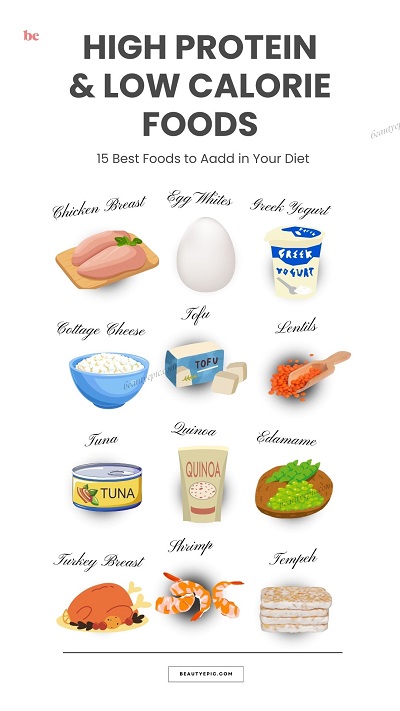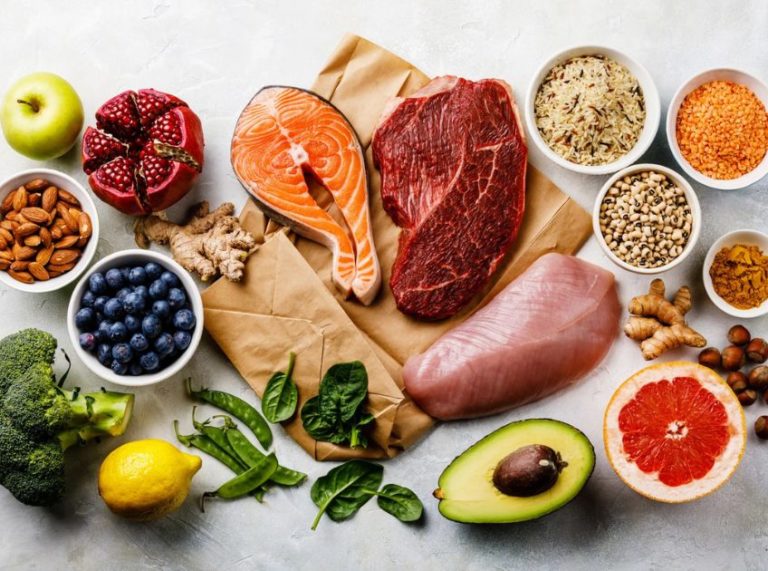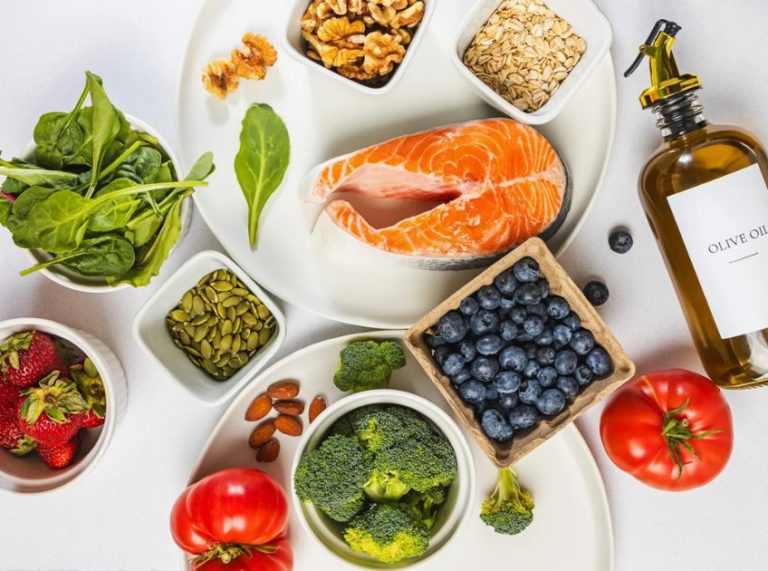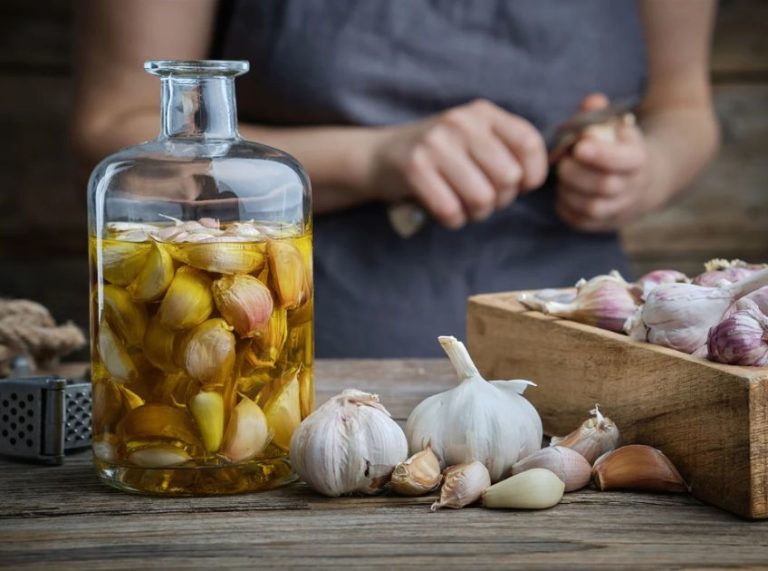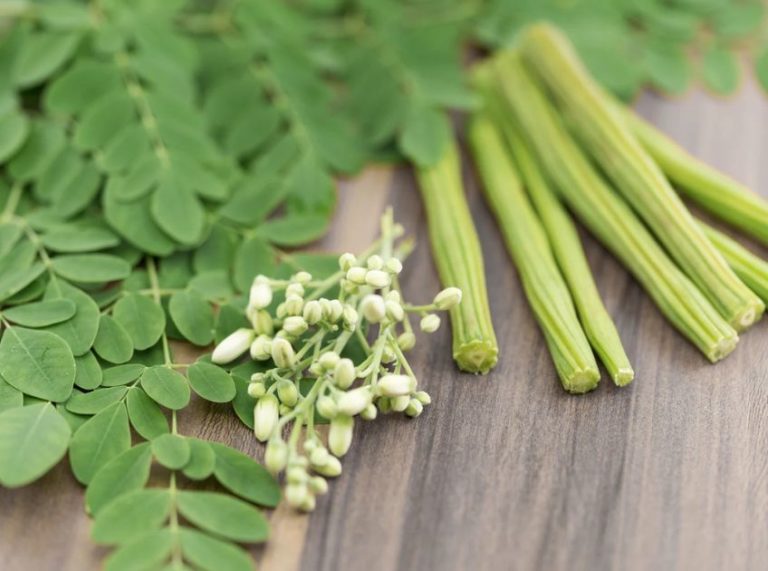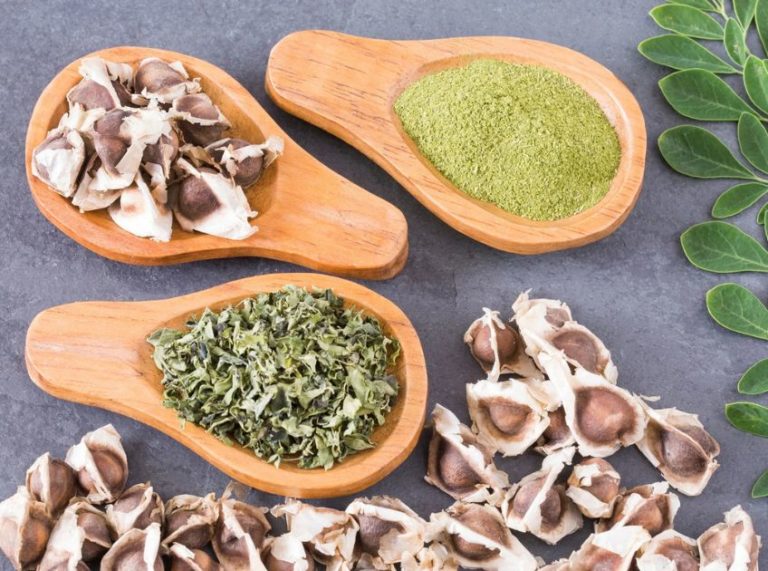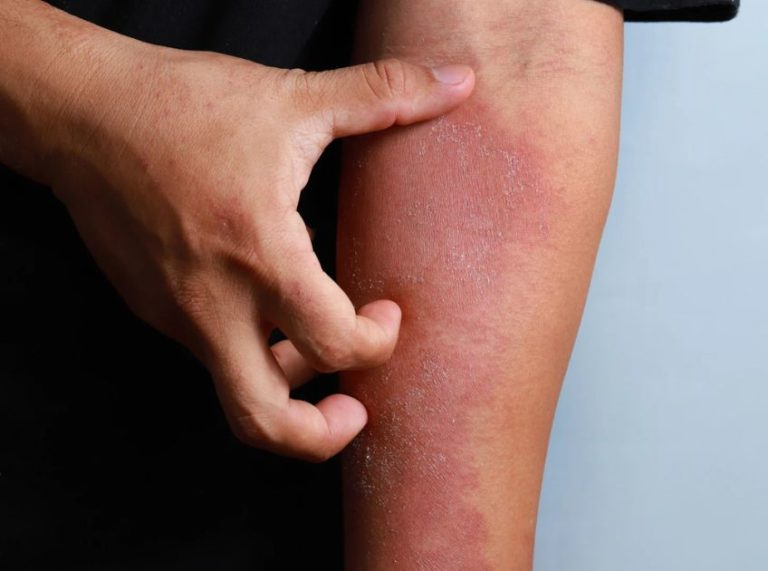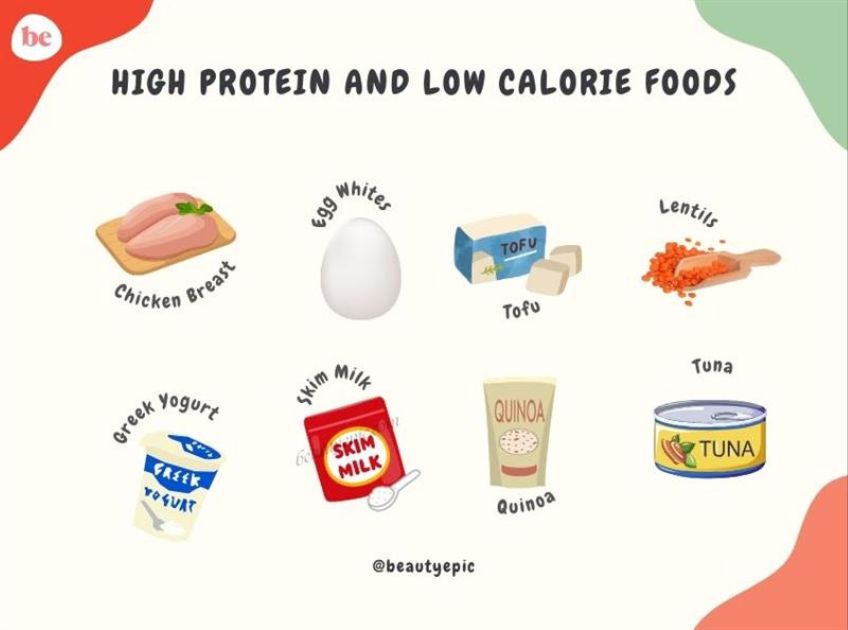
Important: This article is for informational purposes only. Please read our full disclaimer for more details.
If you’re trying to lose weight, build lean muscle, or simply eat healthier, choosing high-protein, low-calorie foods can make all the difference. Protein is a macronutrient powerhouse that supports muscle repair, fat loss, and satiety, keeping you feeling full for longer while consuming fewer calories.
Research published in the American Journal of Clinical Nutrition shows that increasing protein intake can significantly enhance metabolism, reduce cravings, and support fat loss while maintaining lean body mass (1). If you want to fuel your body smarter, these 15 high-protein, low-calorie foods are your ultimate go-to list.
Why High-Protein, Low-Calorie Foods Are Essential
Protein is more than just a muscle-building nutrient — it plays a key role in hormone regulation, metabolism, and cell repair. Foods rich in protein but low in calories are perfect for:
- Weight loss – Boost satiety and reduce overeating
- Muscle gain – Provide essential amino acids for muscle recovery
- Metabolism boost – Protein has a higher thermic effect, meaning your body burns more calories digesting it
- Sustained energy – Prevent energy crashes and improve overall focus
Why We Love These Foods
The best part? These high-protein, low-calorie foods are versatile, delicious, and easy to add to any diet plan. Whether you’re making smoothies, salads, stir-fries, or snacks, they can fit seamlessly into your daily routine.
A 2022 review in Nutrients found that diets higher in protein not only improve body composition but also reduce hunger hormones, making long-term weight management more achievable (2).
15 High-Protein, Low-Calorie Foods
1. Chicken Breast 🐔
- Protein: 31g per 100g
- Calories: ~165
- Why It’s Great: Skinless chicken breast is a lean, complete protein source rich in essential amino acids that aid muscle recovery.
- Best Way to Use: Grill, bake, or stir-fry with herbs for a low-fat, high-protein meal.
2. Egg Whites 🥚
- Protein: 11g per 100g (3g per egg white)
- Calories: ~52
- Why It’s Great: Egg whites are almost pure protein and virtually fat-free.
- Best Way to Use: Use in omelets, protein pancakes, or blend into shakes.
3. Greek Yogurt (Non-Fat) 🥄
- Protein: 10g per 100g
- Calories: ~59
- Why It’s Great: A probiotic-rich option that promotes gut health while providing a solid protein punch.
- Best Way to Use: Mix with berries and chia seeds for a nutritious snack.
4. Cottage Cheese (Low-Fat) 🧀
- Protein: 11g per 100g
- Calories: ~83
- Why It’s Great: A slow-digesting protein perfect for overnight muscle repair.
- Best Way to Use: Spread on whole-grain crackers or blend into smoothies.
5. Tofu 🌱
- Protein: 8g per 100g
- Calories: ~76
- Why It’s Great: A plant-based protein that’s versatile, gluten-free, and rich in calcium.
- Best Way to Use: Marinate and stir-fry for a vegan-friendly protein boost.
6. Lentils 🌾
- Protein: 9g per 100g (cooked)
- Calories: ~116
- Why It’s Great: Packed with fiber, folate, and iron, lentils are a nutrient-dense plant protein.
- Best Way to Use: Cook into soups, stews, or add to salads.
7. Tuna (Canned in Water) 🐟
- Protein: 23g per 100g
- Calories: ~116
- Why It’s Great: A lean source of protein and omega-3 fatty acids for heart and brain health.
- Best Way to Use: Make a tuna salad wrap or add to sushi bowls.
8. Quinoa 🌾
- Protein: 4.4g per 100g (cooked)
- Calories: ~120
- Why It’s Great: A complete plant protein with all nine essential amino acids.
- Best Way to Use: Serve as a base for salads or bowls.
9. Edamame 🌿
- Protein: 11g per 100g
- Calories: ~121
- Why It’s Great: Rich in fiber, antioxidants, and protein, making it an excellent snack.
- Best Way to Use: Steam and sprinkle with sea salt for a quick high-protein bite.
10. Turkey Breast 🦃
- Protein: 29g per 100g
- Calories: ~135
- Why It’s Great: Low in fat, high in protein, and perfect for weight loss diets.
- Best Way to Use: Slice into sandwiches or roast for meal prep.
11. Shrimp 🍤
- Protein: 24g per 100g
- Calories: ~99
- Why It’s Great: Low-calorie seafood packed with iodine and vitamin B12.
- Best Way to Use: Grill, sauté, or add to stir-fry dishes.
12. Chickpeas 🥗
- Protein: 9g per 100g (cooked)
- Calories: ~164
- Why It’s Great: Rich in protein, fiber, and iron, making them excellent for vegetarians.
- Best Way to Use: Make hummus, toss into salads, or roast for snacks.
13. Tempeh 🌱
- Protein: 19g per 100g
- Calories: ~195
- Why It’s Great: A fermented soy product rich in probiotics and essential amino acids.
- Best Way to Use: Pan-fry or bake for a protein-rich meat substitute.
14. Skim Milk 🥛
- Protein: 3.4g per 100ml
- Calories: ~42
- Why It’s Great: A great source of protein, calcium, and vitamin D without the extra fat.
- Best Way to Use: Add to shakes, smoothies, or oatmeal.
15. Whey Protein Powder 🥤
- Protein: ~25g per scoop (30g)
- Calories: ~110
- Why It’s Great: A quick and convenient way to increase protein intake for active lifestyles.
- Best Way to Use: Blend with almond milk, bananas, and oats for a post-workout shake.
Frequently Asked Questions (FAQ’S)
Q1. How much protein should I eat daily?
A. For most adults, 1.2 to 2.0 grams of protein per kilogram of body weight is recommended, depending on activity levels and goals.
Q2. Can eating too much protein cause weight gain?
A. Not necessarily. Excess protein can be stored as fat if you consume more calories than you burn, but within a calorie-controlled diet, protein supports lean muscle gain and fat loss.
Q3. Are plant-based proteins as effective as animal proteins?
A. Yes, as long as you consume a variety of plant-based sources to ensure you get all essential amino acids. Combining foods like lentils, quinoa, tofu, and chickpeas can easily meet your protein needs.
Incorporating high-protein, low-calorie foods into your daily diet is a powerful strategy for achieving your health goals — whether you want to lose fat, gain lean muscle, or simply stay fit. With so many versatile and delicious options, you can enjoy a balanced diet without feeling deprived.
Start by mixing and matching these foods in your meals, and pair them with whole grains, vegetables, and healthy fats for optimal nutrition. Your body — and your taste buds — will thank you.
